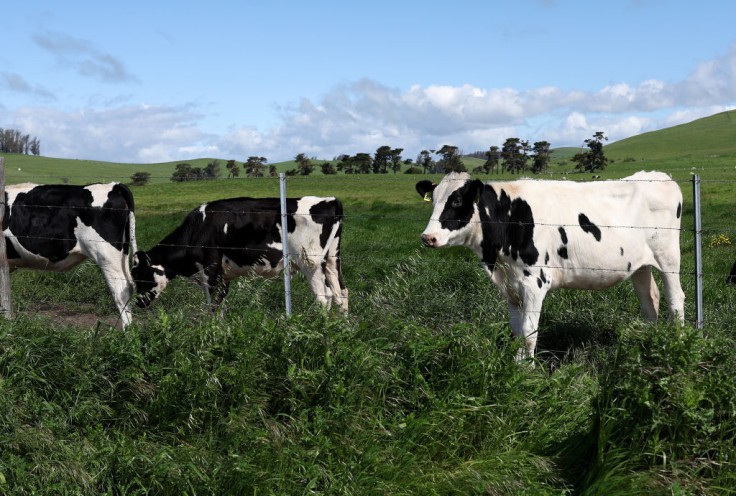
The fourth human case of bird flu in the country has now been recorded in Colorado.
The first man infected with the H5N1 bird flu virus in Colorado is reportedly confirmed to be working in a dairy farm and has had direct contact from cows who are infected by the virus.
The previous case of bird flu transmission to humans was previously confirmed, one was in Texas and the other two was in Michigan, this case is the first recorded for Colorado.
Fourth Human Case in Colorado
The Centers for Disease Control and Prevention (CDC) recently published a report confirming the fourth human case of bird flu.
Health authorities announced on Wednesday, July 3, that another farm worker has been infected with the H5N1 bird flu virus, which is part of an increasing outbreak associated with dairy cows.
The worker, who worked on a farm in northeast Colorado, contracted conjunctivitis (pink eye) from infected cows through direct contact.
It was added in the report that the worker had seeked medical intervention and was treated with oseltamivir for the virus and has now regained their health.
Every case reported thus far pertains to an employee on a dairy farm where cows have been confirmed to have the H5N1 virus.
In this recent instance, the infected worker exhibited only eye symptoms, which were promptly treated.
The H5N1 virus continues to be widespread among wild birds, causing significant outbreaks in poultry and sporadic spillovers into mammalian populations.
According to the CDC, the threat for the viral infection to transfer to the general public and become an outbreak, continues to remain low.
On the contrary, individuals with occupational or recreational exposure to infected birds or animals, including dairy cattle, are at a heightened risk of infection.
To address the outbreak, the CDC will hold a webinar for clinicians and healthcare centers on July 16 from 2-3 p.m. EDT.
This session will provide updates on the outbreak in the United States and discuss ongoing CDC surveillance and monitoring efforts.
The CDC continues to closely monitor influenza surveillance systems in affected states and reports no unusual influenza activity among humans, including in syndromic surveillance data.
Precautionary Measures and Recommendations
The CDC advises that people with close or prolonged, unprotected exposure to infected birds or animals, including livestock, or to environments contaminated by these animals, should take precautions to protect themselves.
Recommended personal protective equipment includes respiratory and eye protection for those in direct or close contact with sick or dead animals, poultry, wild birds, backyard flocks, or potentially contaminated materials.
The American Academy of Pediatrics (AAP), CDC, and the Food and Drug Administration (FDA) all recommend against the consumption of raw or unpasteurized milk products.
The CDC further advises that poultry, eggs, and beef be cooked to safe internal temperatures to eliminate bacteria and viruses.
Earlier this year, the FDA reaffirmed that commercial, pasteurized milk products have shown no evidence of containing live H5N1 virus.
Recent data from the U.S. Department of Agriculture reveals 139 confirmed cases of H5N1 in livestock herds across 12 states, underscoring the importance of vigilance and precautionary measures.
A dairy worker, under monitoring due to exposure to H5N1-infected cattle, reported symptoms which were subsequently tested by state health officials.
While initial state tests were inconclusive, further testing by the CDC confirmed the presence of influenza A(H5).
The exact neuraminidase subtype is pending genetic sequencing at the CDC, with results expected within one to two days. Additional genetic analysis will assess any viral changes that could influence the agency's risk assessment.